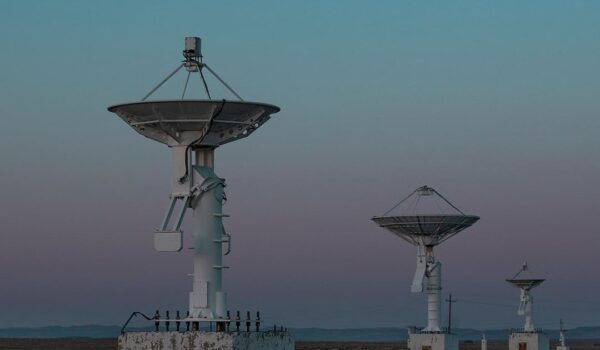In the realm of space exploration, the Alpha Magnetic Spectrometer (AMS-02) stands out as the pioneering large magnetic spectrometer designed for operation in space. The development of such a groundbreaking instrument posed numerous challenges for its designers, particularly in crafting magnetic systems capable of enduring the rigors of space travel over extended periods.
The AMS Collaboration tackled these challenges with the creation of two distinct magnetic systems:
- Permanent Magnet: This magnet, constructed from 6,000 carefully assembled Neodymium-Iron-Boron (Ne-Fe-B) pieces, operates at ambient temperature. It was successfully utilized in the STS-91 mission in 1998, demonstrating its reliability and effectiveness.
- Superconducting Magnet: Operating at an ultra-low temperature of 1.8 degrees above absolute zero (0 K), this magnet comprises 14 coils of superconducting Niobium wire embedded in an Aluminum matrix. Sustained by the slow evaporation of 2,500 liters of superfluid Helium, it operates at 400 A. After years of development, this superconducting magnet underwent testing at ESA-ESTEC in April 2010, validating its performance in simulated space conditions.
Both magnetic systems feature the “magic ring” configuration, ensuring minimal net dipole moment to prevent interference with the Earth’s magnetic field and the ISS’s orbit. Additionally, they possess identical mechanical dimensions and interfaces with the AMS experiment’s detector subsystems.
In the harsh radiation environment of space, AMS Electronics faces unique challenges. Over 600 separate computers equipped with radiation-tolerant chips, developed for high-energy physics, operate at speeds approximately ten times faster than typical spaceflight computers.
Subsystems Overview:
- Magnet: Bends charged particles/antiparticles in opposite directions.
- Transition Radiation Detector (TRD): Identifies electrons and positrons among cosmic rays.
- Time-of-Flight System (ToF): Alerts sub-detectors of incoming cosmic rays.
- Silicon Tracker (Tracker): Detects particle charge sign, distinguishing matter from antimatter.
- Ring-Imaging Cherenkov Detector (RICH): Measures cosmic ray velocity with high precision.
- Electromagnetic Calorimeter (ECAL): Measures energy of incoming electrons, positrons, and γ-rays.
- Anti-Coincidence Counter (ACC): Rejects cosmic rays crossing magnet walls.
- Tracker Alignment System (TAS): Ensures Tracker alignment stability.
- Star Tracker and GPS: Determines position and orientation of the AMS-02 experiment.
The integration of these subsystems enables AMS-02 to embark on its groundbreaking mission of unraveling the mysteries of cosmic rays and the universe beyond.

